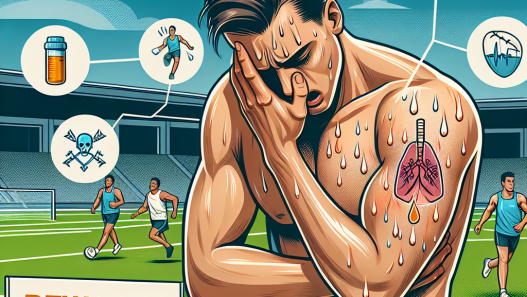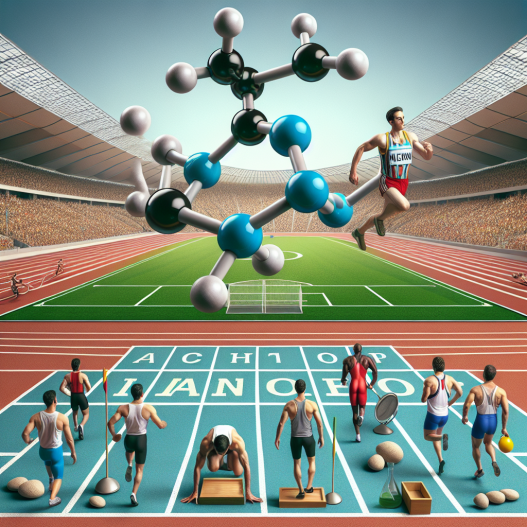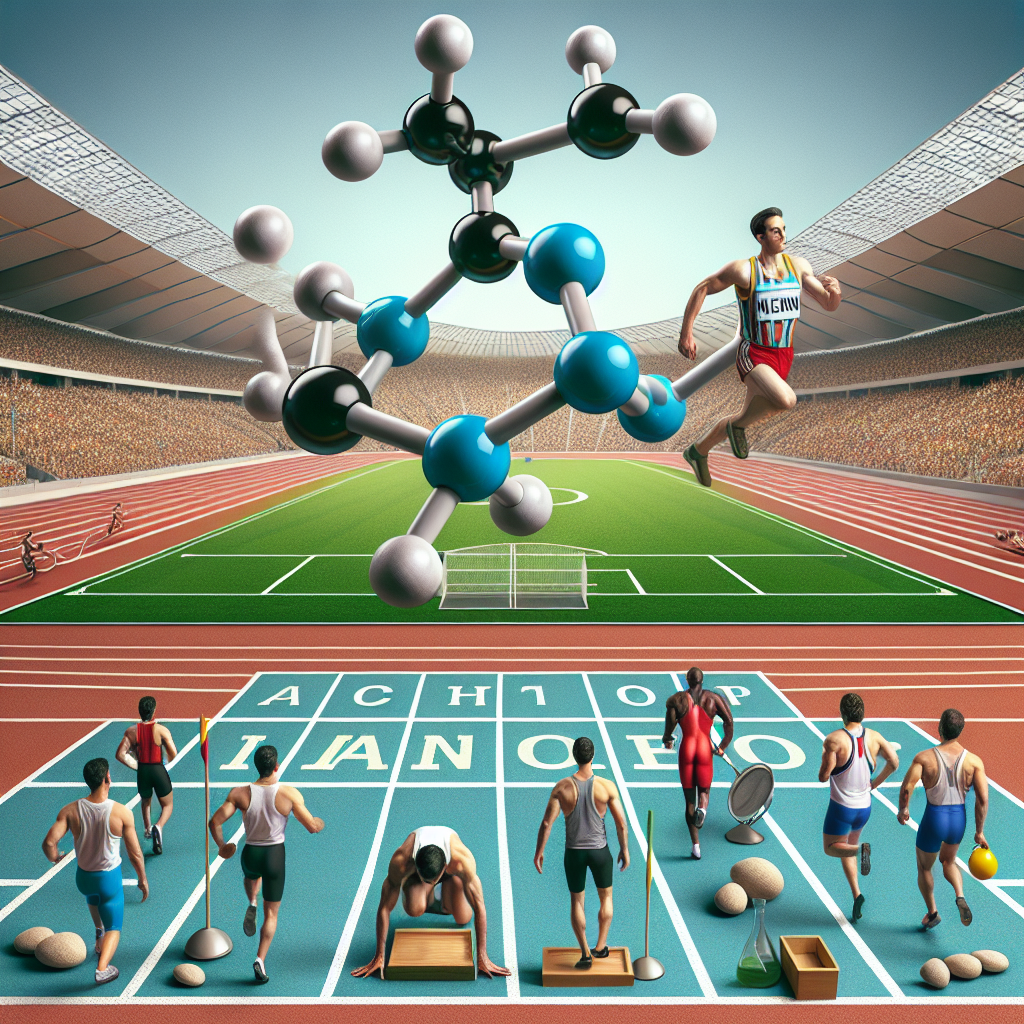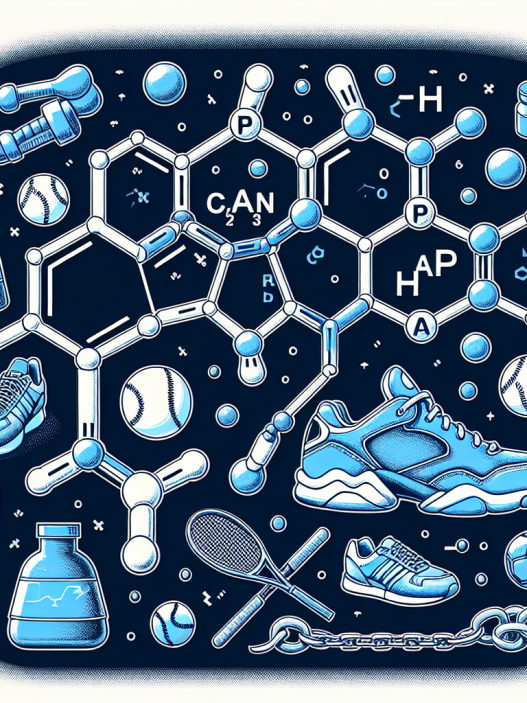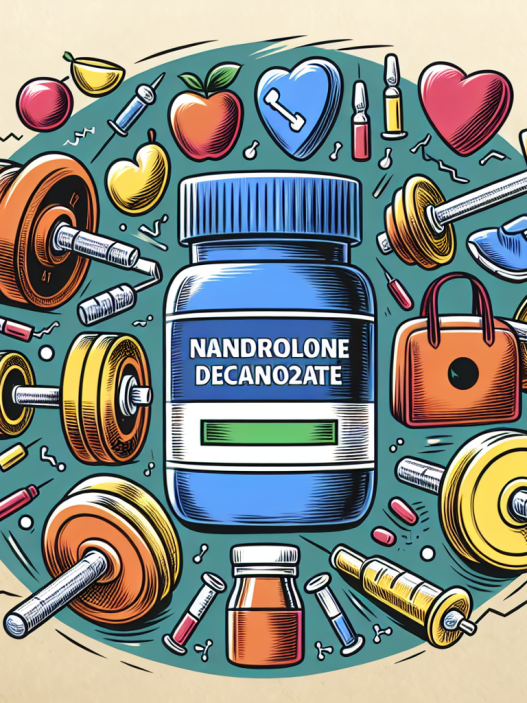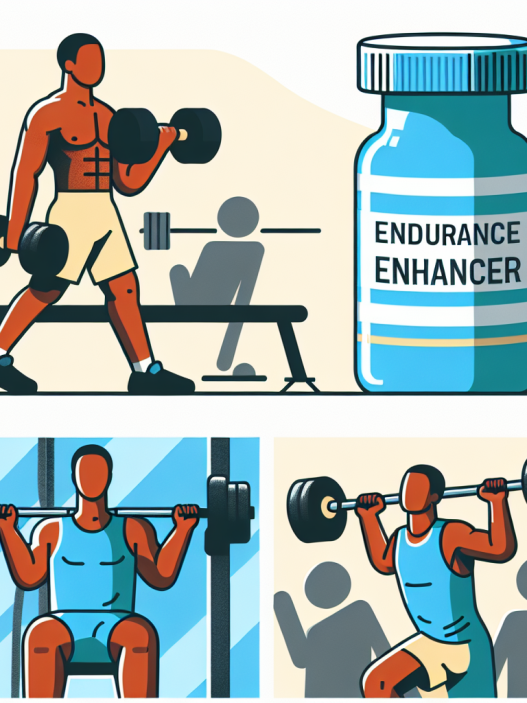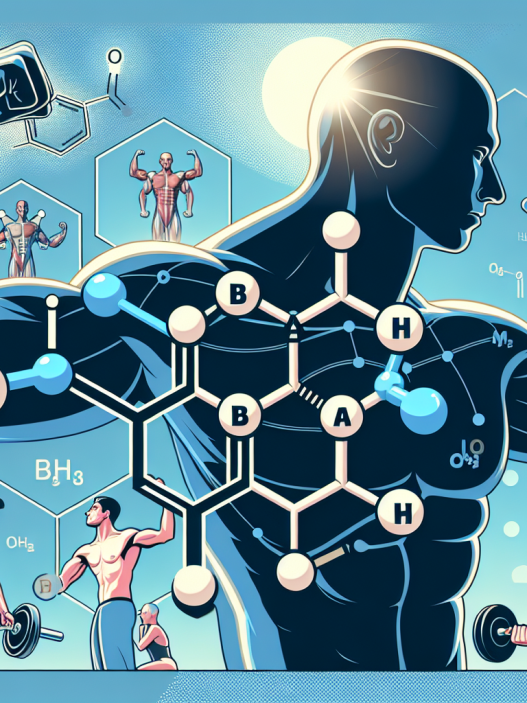-
Table of Contents
Nandrolone: A Rising Substance in Athletic Circles
In the world of sports, athletes are constantly seeking ways to improve their performance and gain a competitive edge. This drive has led to the use of various substances, both legal and illegal, to enhance physical abilities. One such substance that has gained popularity in recent years is nandrolone, a synthetic anabolic steroid. Despite its controversial status, nandrolone has become a rising star in athletic circles due to its potential performance-enhancing effects. In this article, we will explore the pharmacokinetics and pharmacodynamics of nandrolone, its use in sports, and the controversies surrounding its use.
What is Nandrolone?
Nandrolone, also known as 19-nortestosterone, is a synthetic anabolic steroid derived from testosterone. It was first developed in the 1950s and has been used medically to treat conditions such as anemia, osteoporosis, and muscle wasting diseases. However, its use in sports is not approved by any governing body and is considered a banned substance by the World Anti-Doping Agency (WADA).
Pharmacokinetics of Nandrolone
Nandrolone is available in various forms, including injectable and oral formulations. The injectable form has a longer half-life of approximately 6-8 days, while the oral form has a shorter half-life of 4-6 hours (Kicman, 2008). This means that the injectable form can remain in the body for a longer period, making it a more attractive option for athletes looking to avoid detection.
After administration, nandrolone is rapidly absorbed into the bloodstream and is metabolized in the liver. It is then excreted in the urine, with approximately 60% of the drug being eliminated within 24 hours (Kicman, 2008). However, traces of the drug can still be detected in the body for up to 18 months after use, making it difficult to detect and enforce anti-doping regulations.
Pharmacodynamics of Nandrolone
Nandrolone works by binding to androgen receptors in the body, promoting protein synthesis and increasing muscle mass and strength. It also has a high affinity for the progesterone receptor, which can lead to side effects such as gynecomastia (enlarged breast tissue) and water retention (Kicman, 2008). These effects can be mitigated by using anti-estrogen medications, but they can also be used as a way to mask the use of nandrolone in drug tests.
Nandrolone in Sports
The use of nandrolone in sports is a controversial topic, with many athletes and sports organizations taking a strong stance against its use. However, despite the risks and potential consequences, some athletes continue to use nandrolone to gain a competitive edge.
One of the main reasons for the use of nandrolone in sports is its ability to increase muscle mass and strength. This can be especially beneficial for athletes in sports that require high levels of physical strength, such as weightlifting and bodybuilding. In fact, a study by Hartgens and Kuipers (2004) found that nandrolone use in combination with resistance training resulted in a significant increase in muscle mass and strength compared to training alone.
Another reason for the use of nandrolone in sports is its ability to improve recovery time. Athletes who use nandrolone may experience faster recovery from intense training sessions, allowing them to train more frequently and at a higher intensity. This can give them an advantage over their competitors who are not using the drug.
Controversies Surrounding Nandrolone Use
Despite its potential benefits, the use of nandrolone in sports is not without its controversies. One of the main concerns is the health risks associated with its use. Nandrolone has been linked to a range of side effects, including liver damage, cardiovascular problems, and psychiatric disorders (Kicman, 2008). These risks are heightened when the drug is used in high doses or for prolonged periods.
Another concern is the unfair advantage that nandrolone use can give to athletes. This not only goes against the principles of fair play in sports but also puts the health and safety of non-users at risk. In sports such as cycling and track and field, where endurance is crucial, the use of nandrolone can give an unfair advantage to those who use it.
Expert Opinion
Despite the controversies surrounding its use, nandrolone continues to be a rising substance in athletic circles. Its potential performance-enhancing effects make it an attractive option for athletes looking to gain a competitive edge. However, the risks and consequences of its use cannot be ignored. As experts in the field of sports pharmacology, it is our responsibility to educate athletes and discourage the use of banned substances like nandrolone.
References
Hartgens, F., & Kuipers, H. (2004). Effects of androgenic-anabolic steroids in athletes. Sports Medicine, 34(8), 513-554.
Kicman, A. T. (2008). Pharmacology of anabolic steroids. British Journal of Pharmacology, 154(3), 502-521.

